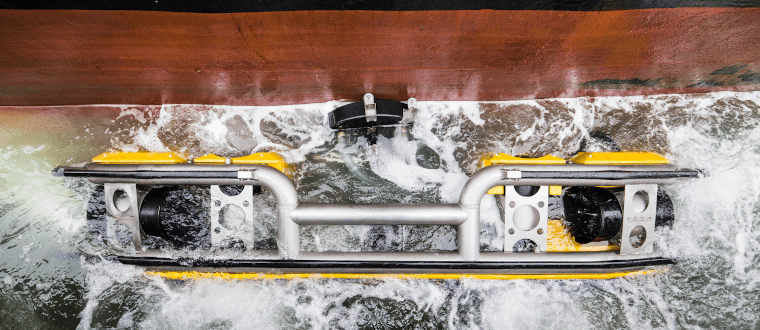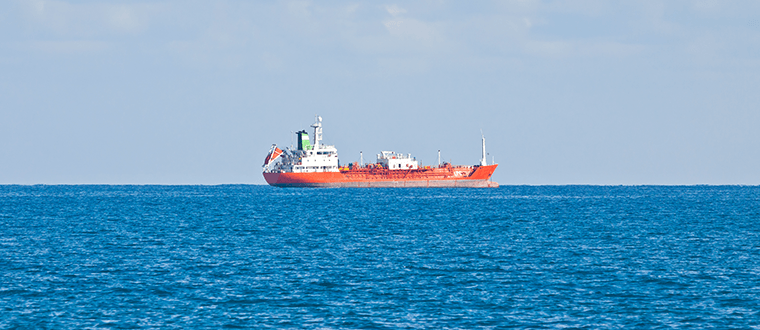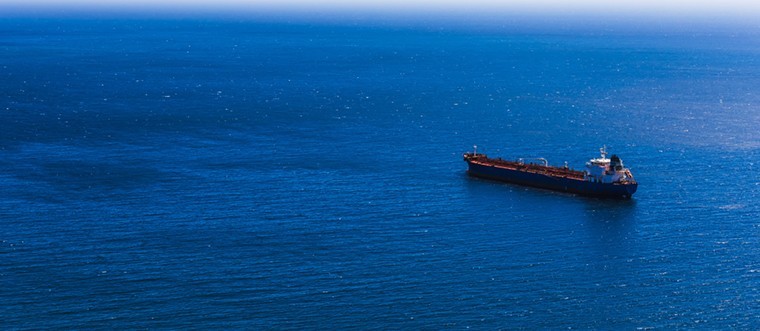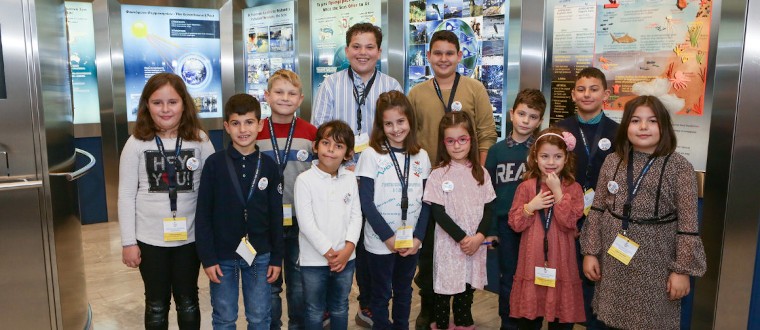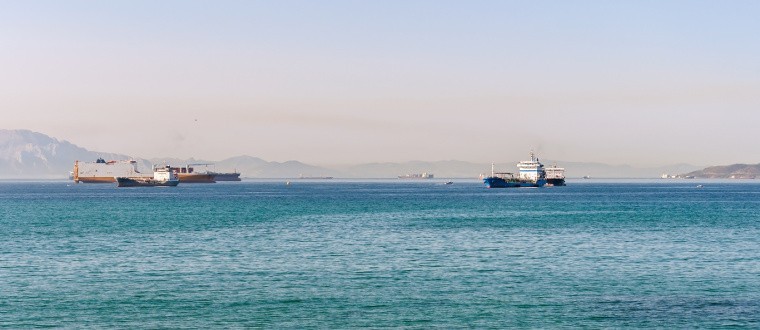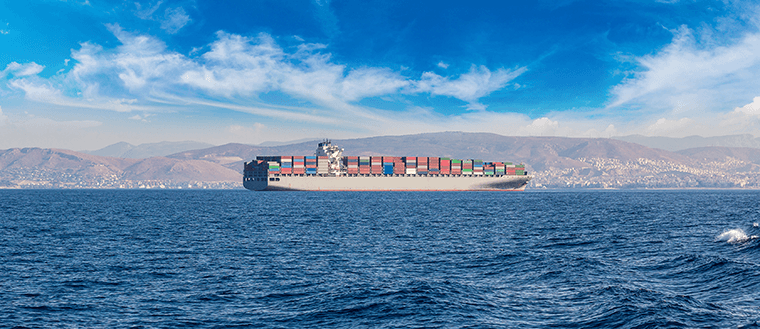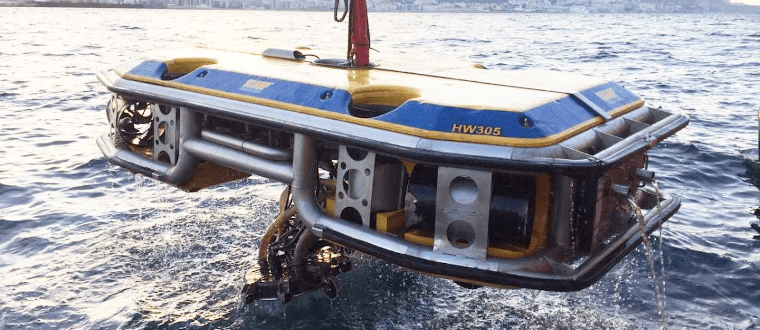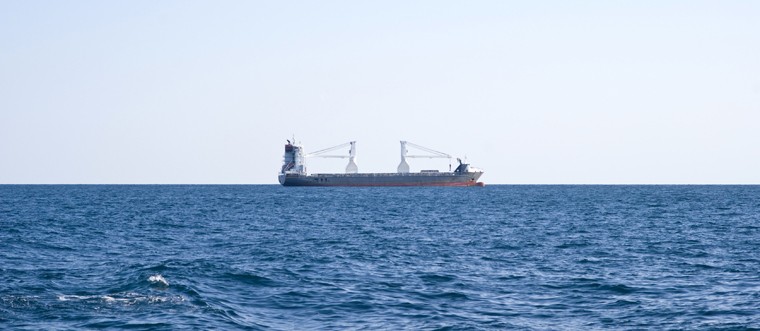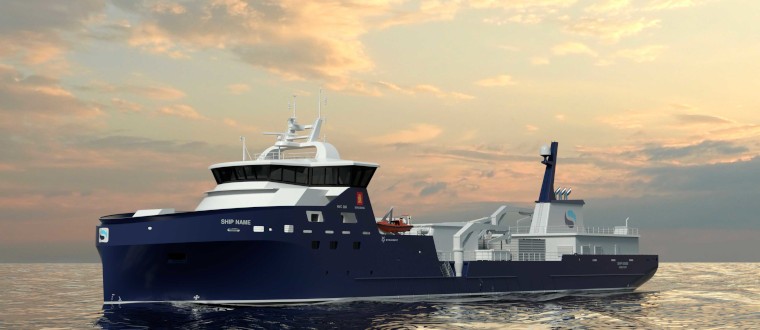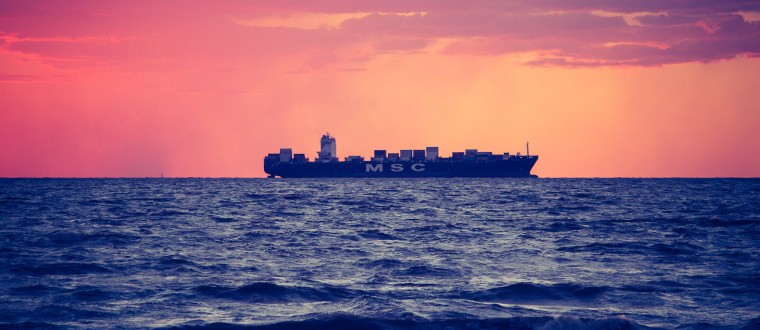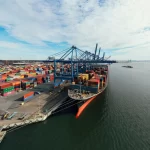GAC Qatar is the only company to have been granted a license by the country’s Environment Ministry to operate hull cleaning equipment in its waters.
Located at the heart of the US Gulf Coast, the port of Lake Charles is the twelfth busiest port in the USA, according to the US Army Corps of Engineers waterborne statistics, with around 1,000 vessels calling annually.
The prolongation of the system is expected to encourage ship registration in Europe, as well as the presence and growth of shipping companies and maritime operations in the EU.
This was the message of the children-representatives of 6,004 members of the “HELMEPA Junior” Program, who came to Athens to celebrate 26 years of “HELMEPA Junior”.
The big retrofit project, which begun earlier this year, is conducted in connection with the installation of scrubbers at the vessels in question. TMC will provide new marine compressors and air dryers for each of the vessels.
AqualisBraemar’s adjusting service specialises in the investigation and resolution of insurance claims and commercial disputes within both the energy (offshore and onshore), power and marine industries.
About 60 hull cleans have been carried out in the Port of Gibraltar by HullWiper since its launch there in 2017. Growing demand for safe, eco-friendly in-port hull cleans will be met with HullWiper’s Remotely Operated Vehicle (ROV) operating in the Strait of Gibraltar day or night, quickly, cleanly and efficiently.
The impact of the installation of Norsepower’s Rotor Sail solution, including a review of structural reinforcement and visibility calculation, was reviewed using computational-fluid dynamics (CFD) during the joint development project (JDP) - confirming a potential of 6-10% fuel and emissions savings, dependent on operating routes.
Hydroniq Coolers will equip the wellboat with its Rack seawater cooling system. The Rack seawater cooler differs from other cooling systems as it is integrated in the hull below the vessel’s main engine room, which frees up valuable space in the engine room.
All stakeholders gather to exchange research and lessons learned from previous oil spill responses to help move towards a common objective.

